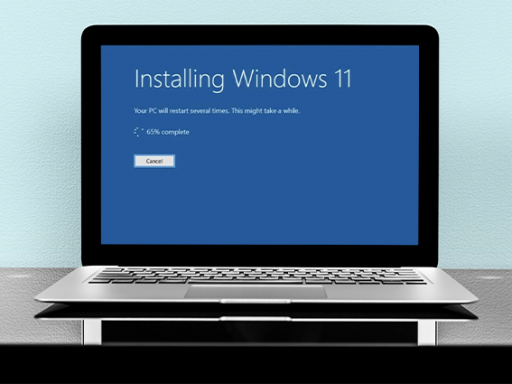Why should you organisation use Autopilot and Intune?

First, what are these products and what do they do:
Microsoft Autopilot
Windows Autopilot is a cloud-based deployment technology that simplifies the setup and pre-configuration of new Windows devices. It allows IT departments to:
- Automatically configure and provision devices without needing to touch them physically.
- Customize the out-of-box experience (OOBE) for users.
- Join devices to Azure Active Directory (Azure AD) and enroll them in Intune.
- Apply policies, apps, and settings automatically.
Use case: Ideal for organizations that want to streamline device deployment and reduce the need for traditional imaging.
Microsoft Intune
Microsoft Intune is a cloud-based endpoint management solution that helps organizations manage devices and apps securely. It enables:
- Mobile Device Management (MDM) and Mobile Application Management (MAM).
- Policy enforcement for security, compliance, and configuration.
- App deployment and update management.
- Integration with Microsoft Defender and other security tools.
Use case: Perfect for managing a diverse fleet of devices (Windows, macOS, iOS, Android) and ensuring they meet organizational security standards.
Together, Autopilot and Intune provide a powerful, modern device lifecycle management solution—from provisioning to ongoing management.
Why should your business use these tools in your Microsoft 365 environment?
If you are already paying for the license, why not? These features are available to all Microsoft Business Premium customers and E3 customers and above. Or with add on licensing if your licenses do not include it.
With it you get:
Streamlined Device Provisioning
Autopilot enables zero-touch deployment. Devices are pre-registered and automatically configured with the correct software and policies when first powered on.
This includes:
- Pre-installed apps like Office, Teams, Sophos, and Datto RMM.
- Fast build and deployment of applications controlled by group membership, if a user needs an application, they can be placed in the application group and the software deploys to their machine, over the internet, automatically. As long as they have a network connection to the internet, they will get the application deployed.
- BitLocker encryption with keys stored in Azure automatically, making your environment more secure whilst at the same time centralising the encryption key management.
- OneDrive and SharePoint sync setup allowing an organisation to publish data shares to users and control how their OneDrive is configured through policies.
- Local admin rights managed via Entra and LAPS (Local Admin Password Service) allowing local admin rights to be centrally controlled and managed. If a password is checked out and used, it is automatically changed and synced to Entra by LAPS, securing the end computer. This allows temporary use of the local admin account by a user with a one time password that changes once they have used the account, preventing the user from abusing the local admin account privileges.
Security and Compliance
- Devices are tenant-locked, meaning they cannot be reused outside your organisation unless explicitly removed—an added security layer. If a computer is lost or stolen and someone finds it and rebuilds it with Windows, the first time it connects to the Internet, it checks to see if it is enrolled with a tenant, it finds it is enrolled to your tenant and will only allow the user to login with an account from your tenant, rendering the computer useless. This means you are more likely to recover the computer as they are useless to anyone outside the organisation.
- Policies enforce encryption, app control, and update management, reducing risk exposure and allowing the organisation to control the devices and do a posture check for compliance. Computers that are not compliant will be flagged for further investigation.
Operational Efficiency
- Manual setup steps are minimised, and standardisation ensures consistency across devices.
- Replacement devices can be rebuilt identically for users, reducing downtime and providing staff with a uniform working environment. Computers will be setup the same, automatically, removing human error in the setup process.
- Build times are slashed as a computer built using Autopilot is much faster than manual setup.
Broader Industry Benefits
According to Microsoft and industry sources, the broader business advantages include:
Reduced IT Overhead
- Devices can be deployed remotely without IT physically handling them.
- Reduces infrastructure needs (e.g., no imaging servers).
Improved User Experience
- End users receive a ready-to-use device with minimal setup.
- Profiles and apps are assigned based on user identity.
- Builds are uniform and everyone has the same experience.
Lifecycle Management
- Intune allows ongoing policy enforcement, app updates, and remote support.
- Autopilot Reset enables quick repurposing of devices for new users.
If you would like more information or would like to see Autopilot in action, please call us on 01722 411 999 for a demonstration about how powerful it can be for your organisation.
